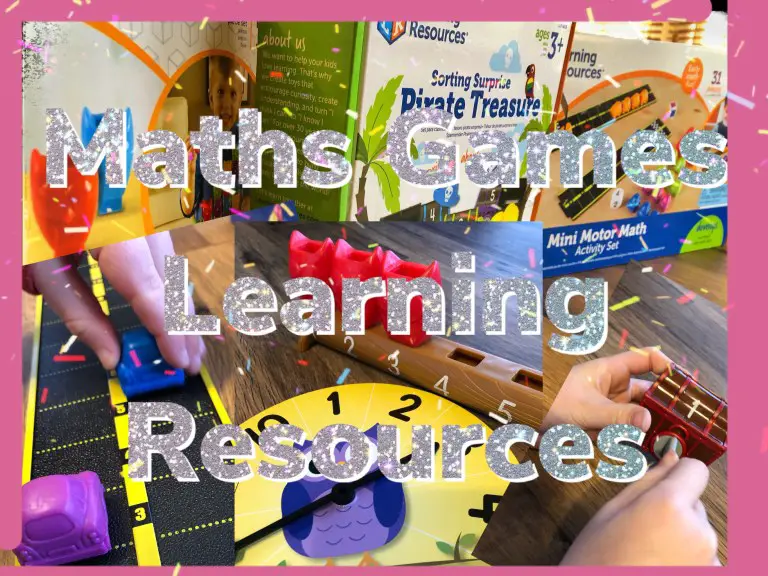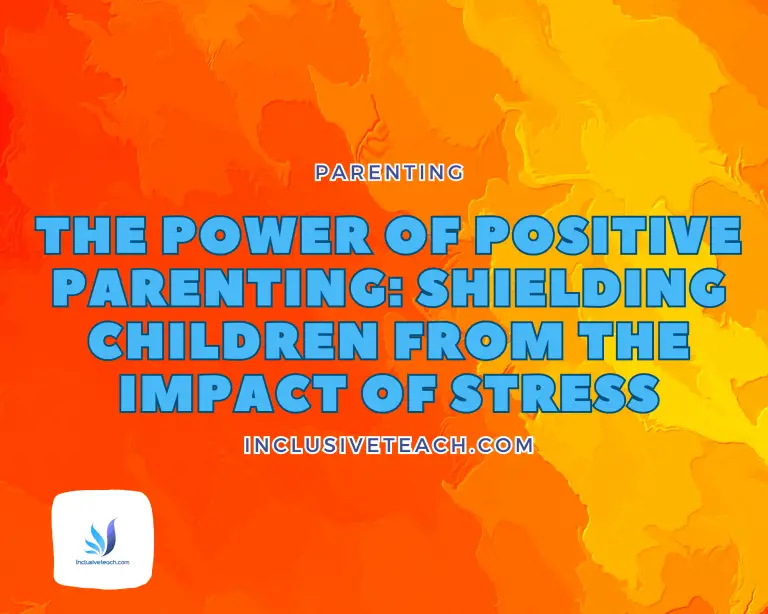10 Tips for Reducing Cognitive Load/Demand for Pupils
Tips for Designing Educational Activities To Reduce Processing/Cognitive Load
As an experienced special needs teacher in the United Kingdom, I have learned that it is crucial to design activities that meet the specific cognitive load and processing requirements of my students. There have been discussions about autistic energy and Spoon Theory. This seems to relate to the capacity of the students I have worked with to complete activities. I think all teachers can picture the window of proximal learning for individual students when they do their best learning and high expectations for pupils is essential. This relates to the amount of processing demand that their students can manage.
Each student has unique needs which must be taken into account and catered for to ensure that the learning objectives are achieved. To achieve this, there are several important factors to consider such as the learning preferences, developmental level and interests of each student. By taking these factors into account, we can create tasks that are engaging and effective for all learners, whilst managing the processing demand of each activity.
Ten Ways To Reduce Processing Demand of Learning Tasks
- Simplify instructions: Break down complex tasks into smaller, manageable steps. Use clear and concise language, and consider providing written or visual support to reinforce verbal instructions.
- Consider working memory: Be mindful of the cognitive load placed on students. Limit the number of new concepts or tasks introduced at once, and provide opportunities for repetition and practice.
- Use a multi-sensory approach: Engage students through a variety of sensory modalities, such as visual, auditory, and tactile. This can help reinforce learning and cater to diverse learning styles.
- Incorporate movement: Incorporate physical, hands-on activities that require movement and coordination. This can help students stay engaged, improve focus, and better process information.
- Offer choice: Allow students to choose from a range of activities or tasks, so they can select those that best suit their learning and preferences. These also provide an element of control which can help gain engagement.
- Encourage collaboration: Use with caution! Facilitate group work, peer support, and cooperative learning opportunities. This can help students develop social skills, learn from each other, and reduce the processing demands of a task. For some students, this will increase the processing demands due to the number of interactions they need to track.
- Use assistive technology: Implement tools and technology to support students in their learning, such as text-to-speech software, visual timers, or adapted keyboards.
- Develop routines: Establish predictable routines and structures in the classroom. This can help reduce anxiety and processing demands, allowing students to focus on learning.
- Provide scaffolding: Offer support and guidance at the start of a task, gradually reducing the level of assistance as students become more confident and independent.
- Monitor and adapt: Regularly assess students’ progress and adjust activities as needed. Take note of any difficulties students may have, and provide additional support or modifications to ensure success.

Summary of Key Ideas
Elements of this post on processing demand, cognitive load and learning tasks are informed by the following research papers, these are always filtered through the lens of my teaching experiences and each of us takes something different from each situation but this is what I read for this post.
Eigsti, I. M., & Schuh, J. M. (2008). Neurobiological underpinnings of language in autism spectrum disorders. Annual Review of Applied Linguistics, 28, 128-149.
Eisenkoeck, A., Slavny-Cross, R. J., & Moore, J. W. (2022). Judging intentionality in the context of ambiguous actions among autistic adults. Research in Autism Spectrum Disorders, 96, 101997. https://doi.org/10.1016/j.rasd.2022.101997
Schauder, K. B., Park, W. J., Tsank, Y., Eckstein, M. P., Tadin, D., & Bennetto, L. (2019). Initial eye gaze to faces and its functional consequence on face identification abilities in autism spectrum disorder. Journal of Neurodevelopmental Disorders, 11, Article 42. https://doi.org/10.1186/s11689-019-9303-z







One Comment